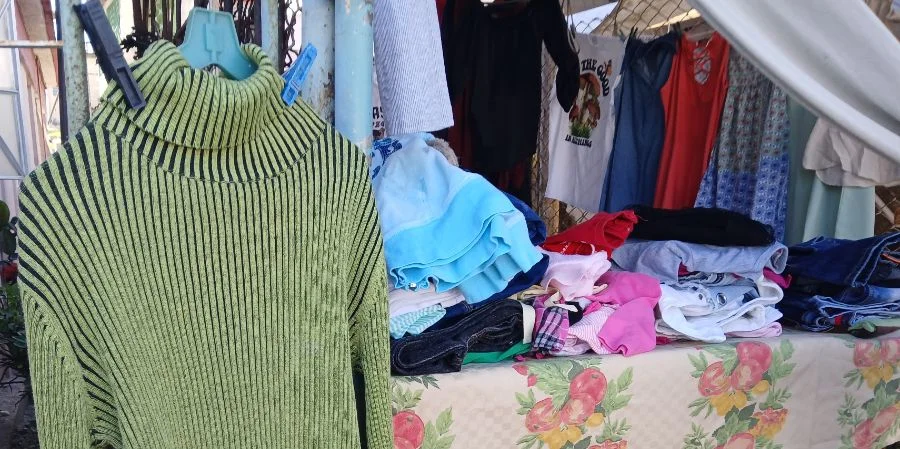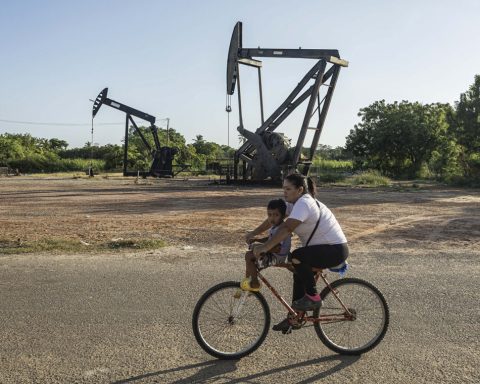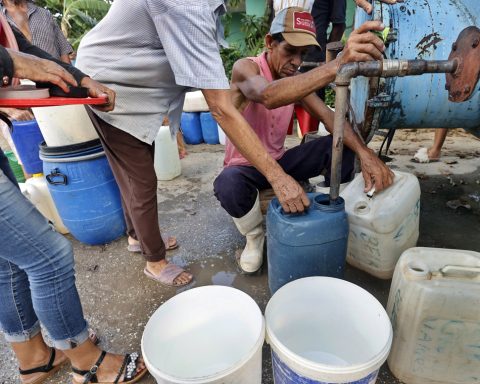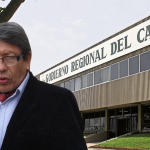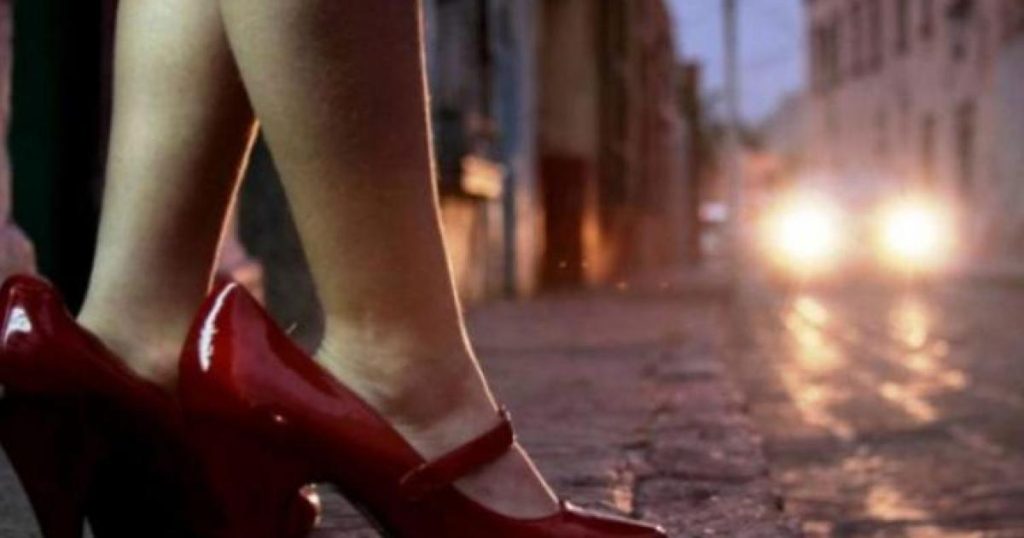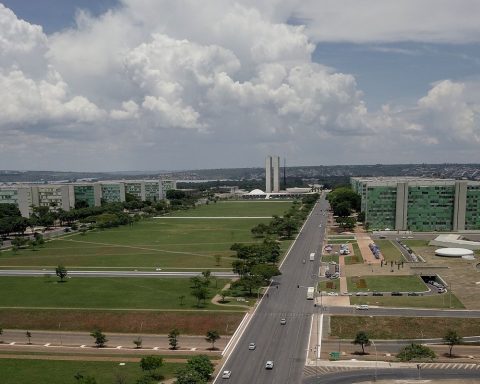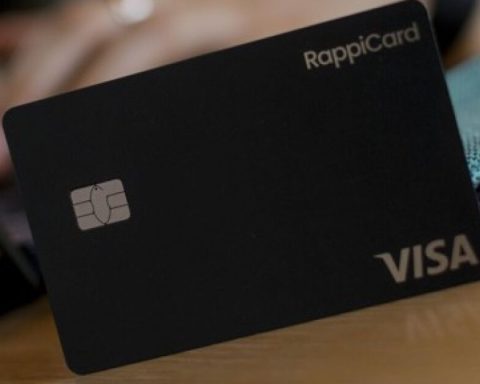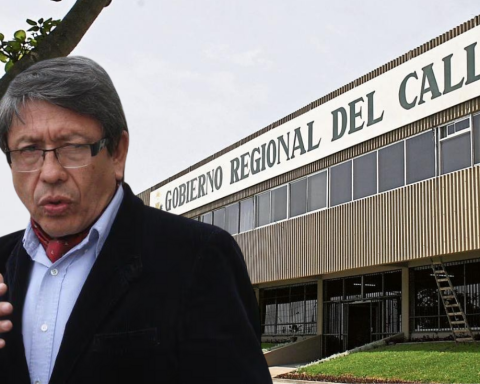SANTA CLARA, Cuba. – In the rosary of absences that Cubans have had to endure for decades, the mere fact of being able to dress and eat at the same time has constituted an eternal dichotomy that today impacts more directly on family economic planning. If from the 80s some remember those forced austere trends and then the textile crisis of the so-called Special Periodmost agree that a garment in a state store was never worth more than double the full salary of any worker.
The shop window of most Cubans is made up of out-of-fashion outfits, inherited from relatives who emigrated or acquired second-hand. Through her WhatsApp group, Jessica, a young entrepreneur who also works as a nurse, is in charge of promoting and collecting orders for Shein and Temu in Santa Clara with the promise of delivering the merchandise chosen by the client in just one week and with home service included. In the lack of clothing offered by the State in Cuban pesos, added to the high prices of what they sell in stores, MLC has found a market niche that provides monthly net income.
This saleswoman’s clientele is basically made up of people who have good financial solvency, but for those who cannot afford to pay in dollars or their equivalent in national currency, she tries a second option: “almost new” pieces imported in bales that she acquires through from a supplier. Each package purchased through social networks It costs between 90,000 and up to 150,000 pesos.
“I don’t really get the profits right away, but clothes are a product that doesn’t go bad,” says the girl. “What Cubans need is to dress, it doesn’t matter if they wear something that is already out of fashion. In these winter times, gloves and pants are very good. Each bale can contain 100 pieces or more, sometimes depending on the pounds. The bad thing about this business is that, although the intermediary allows you to check if the merchandise is in condition, he does not let you choose the sizes or take clothes from one bale to put in another. It’s what you get,” he emphasizes.
The sale of recycled clothing is not a new trend in Cuba, although it was previously managed exclusively by state stores. In the 90s, a series of establishments arose, baptized by the population as “shopitrapos” because they were third-party merchandise resulting from multiple chains of “thefts” from the port, then in the warehouses, until reaching the aforementioned businesses where they also Sellers “put their hand in” before exposing the clothes to the population.
In 2015, the Uruguayan journalist based in Cuba Fernando Ravsberg revealed through the testimony of an informant that, in effect, the bales were opened and their content was exchanged at various points: everything began with the inmates who selected it and continued in the collection centers, giving rise to that string of “rags.” and “rags left by others along the way.”
However, those “shopitrapos” began to disappear due to lack of merchandise and the immobilization of garments with no commercial outlet. In fact, a report from the official media Invader He described the reduction in imports of recycled clothing in recent years as “drastic”, giving rise to “new actors” who have capitalized on this market niche with the entry into the country of “20 and 40 foot containers overflowing with bales”.
Dressing in what others discard
The unmistakable aroma that wafts out onto the street from the Maylín establishment, a seller of imported recycled clothing, attracts countless customers who even form small lines to enter the small room where the hangers with the merchandise. “The Cuban is taken away by that smell of yuma,” describes this saleswoman. “It’s like the guarantee seal that it is clothing brought from abroad.” Two or three boxes are scattered on the floor in which people are searching with some expectation: for only 1,000 pesos you can buy, for example, some shorts or pants and two top pieces.
Both this merchant and many others that exist in Cuba operate under the permissibility of garage sales granted by Resolution 102 of the MINCIN. The rule establishes that people do not require a license to sell items for domestic and personal use, which can be used, semi-new and new. It is allowed to organize them in garages, patios, portals and other residential areas, but in each province the days allowed to carry out said activity may vary.
Although supposedly this imported clothing should not fall within the aforementioned category, under the protection of the legislation, the business of bales of recycled clothing brought mainly from Spain and Canada has boomed in recent months. Publications by groups such as Revolico also corroborate that the purchase of the aforementioned sealed packages is being highly requested by self-employed workers throughout Cuba. In fact, some wholesale suppliers offer commissions of up to 5,000 pesos for each sale.

A large part of the bales are acquired through third and fourth intermediaries, but Yeniset, another seller based in Camajuaní, buys them directly in the capital, so their prices are a little more affordable and she ensures that she manages to recover the investment in a short time. time. On average, if one of these packages contains about 150 garments and many of them are sold at more than 500 CUP, the profit for the first hand would be a few thousand pesos. “Mine are from the Jambo Gold brand,” he says via WhatsApp. “Actually the sizes are a little big and most of the things are out of season, but at least it is an alternative for those who will never be able to think about clothes from MLC and much less for the new ones that the mules bring.”
The majority of young people, who are not completely disconnected from contemporary trends, are unable to pay extra prices for outfits from private boutiques that, for the most part, no longer even sell in Cuban pesos but exclusively in dollars or euros. “As I once heard people say, you have to know how to take advantage of crises to do business,” points out this last interviewee. “These clothes don’t even look like someone wore them. I don’t know if it happens the same in other places, but this is where the only kilo is taken out of the clothes until they are left for a floor bedspread or kitchen cloth.”
If in many parts of the world circular fashion constitutes a kind of ecological trend that has gained momentum in recent times, for Cubans the fact of dressing in what others discard has nothing to do with the upcycling or renewable alternatives. As the writer Wendy Guerra summarizes in an article published by CNNCubans have been deprived for many years of the possibility of selecting their own style: “They dress with what someone chooses for them from the other side of the sea or with what they can find in improvised and clandestine markets installed in the living room of their houses. . Many dream of being able to choose and leave behind the time when others select what we use.”
